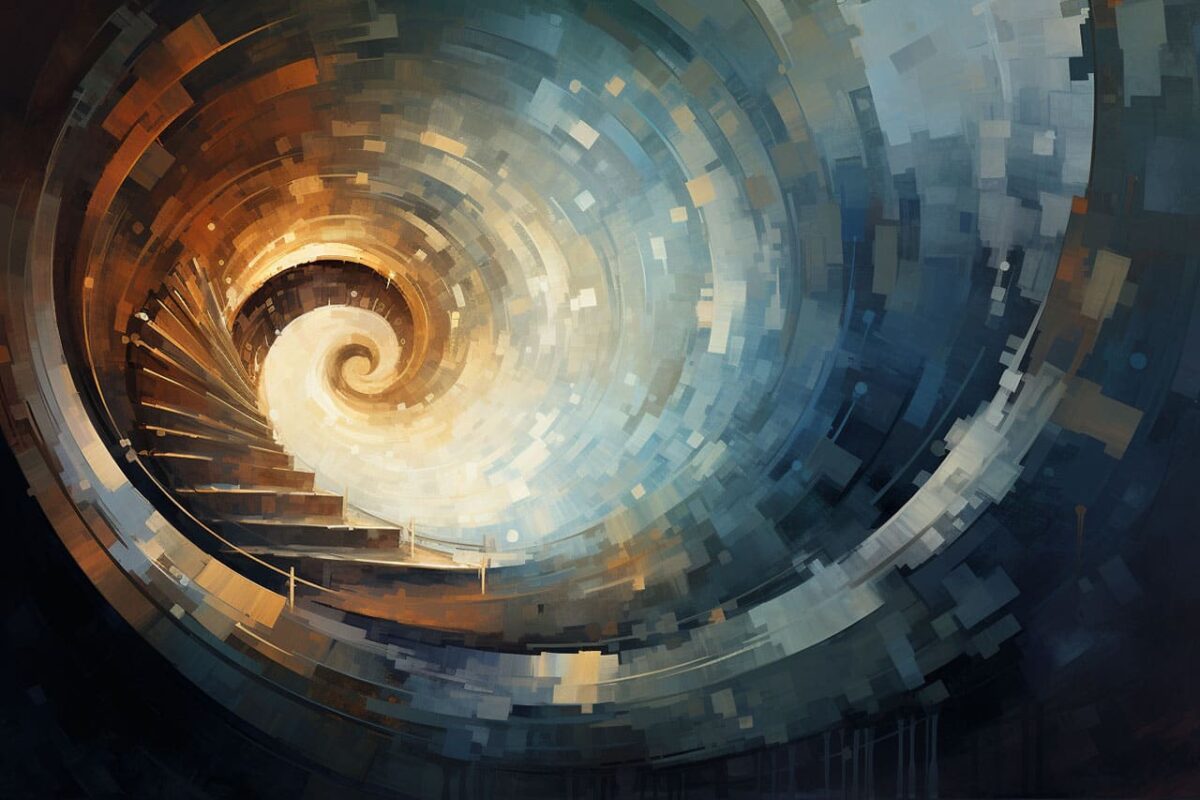In an era driven by technological advancements, the world of art has witnessed a remarkable transformation. Traditional art forms are being reimagined and expanded upon as artists harness the power of digital tools and new media. Digital and new media art have emerged as exciting and dynamic fields that explore the intersection of technology, creativity, and human expression. Let’s delve into the fascinating realm of digital and new media art and explore its impact on the art world.
Embracing the Digital Canvas
Digital art refers to artistic creations that are produced using digital technologies, such as computers, software, and digital drawing tablets. It encompasses a wide range of mediums, including digital painting, digital photography, computer-generated imagery (CGI), and digital collage. Digital artists leverage various software applications, such as Adobe Photoshop, Illustrator, and 3D modeling software, to create their works. This shift to the digital canvas has revolutionized the artistic process, allowing for greater experimentation, flexibility, and accessibility.
Exploring New Dimensions with New Media Art
New media art extends beyond the confines of traditional art forms and embraces the fusion of technology, interactivity, and multimedia elements. It incorporates a diverse range of mediums, including video art, interactive installations, virtual reality (VR), augmented reality (AR), and internet-based art. New media artists push boundaries, blending visual aesthetics with sound, motion, and user engagement to create immersive experiences. The integration of technology and interactivity allows viewers to become active participants in the artwork, blurring the line between the observer and the creator.
Advantages of Digital and New Media Art
The rise of digital and new media art has brought several advantages to artists and viewers alike:
1. Expanding Creative Possibilities: Digital tools and new media technologies offer artists a vast array of creative possibilities. They can manipulate images, experiment with different effects and techniques, and seamlessly combine various mediums. This flexibility enables artists to bring their artistic visions to life in ways that were previously unimaginable.
2. Accessibility and Reach: Digital platforms and the internet have democratized art, allowing artists to showcase their work to a global audience. Artists can easily share their creations through online galleries, social media platforms, and dedicated art websites, eliminating geographical barriers and connecting with art enthusiasts worldwide.
3. Interactivity and Engagement: New media art invites viewers to actively engage with the artwork. Interactive installations and virtual reality experiences enable participants to interact with the artwork, becoming co-creators in the process. This heightened level of engagement creates a more immersive and memorable artistic encounter.
4. Preservation and Reproduction: Digital art offers advantages in terms of preservation and reproduction. Unlike traditional artworks that may degrade over time, digital art can be stored indefinitely and reproduced without loss of quality. This allows for wider dissemination of the artwork and ensures its longevity for future generations.
5. Integration of Technology: Digital and new media art embrace the rapid advancements in technology, serving as a platform for exploring and critiquing its impact on society. Artists often tackle themes such as artificial intelligence, surveillance, data privacy, and virtual identities, providing unique insights into our relationship with technology.
Notable Examples of Digital and New Media Art
The world of digital and new media art is teeming with innovative and thought-provoking creations. Let’s explore some notable examples that highlight the diversity and ingenuity of this art form:
- “The Treachery of Sanctuary” by Chris Milk: This interactive installation combines motion capture technology, video projection, and shadow play to create a transformative experience that explores themes of flight, transformation, and personal introspection.
- “Tree of Codes” by Wayne McGregor, Olafur Eliasson, and Jamie xx: This multidisciplinary collaboration brings together dance, visual art, and music to create an immersive performance. The use of digital projections and lighting effects transforms the stage into a dynamic and ever-changing environment.
- “Growth Patterns” by Can Büyükberber and Yagmur Uyanık: This virtual reality artwork uses generative algorithms and immersive visuals to simulate an ever-evolving ecosystem. Viewers can explore and interact with the digital landscape, witnessing the growth and transformation of organic forms.
- “Murmur Study” by Christopher Baker: This interactive installation collects and displays live Twitter messages containing the word “murmur.” The artwork visualizes the global conversation happening in real-time, creating a mesmerizing display of human expression and interconnectedness.
The Future of Digital and New Media Art
As technology continues to advance, the possibilities for digital and new media art are limitless. With the advent of artificial intelligence, machine learning, and virtual reality, artists will continue to explore uncharted territories and push the boundaries of creativity. The integration of these emerging technologies will pave the way for even more immersive experiences, interactive artworks, and groundbreaking collaborations.
However, it is essential to recognize that digital and new media art are not meant to replace traditional art forms. Instead, they exist alongside them, enriching the artistic landscape and offering new avenues for self-expression and exploration. The evolving nature of art allows for a harmonious coexistence between traditional and digital art forms, each contributing to the ever-evolving tapestry of human creativity.
In conclusion, digital and new media art have revolutionized the art world by embracing technology, interactivity, and multimedia elements. Artists now have expanded creative possibilities, while viewers can engage with art in new and immersive ways. As we venture further into the digital age, the future holds exciting prospects for this dynamic and ever-evolving art form.
